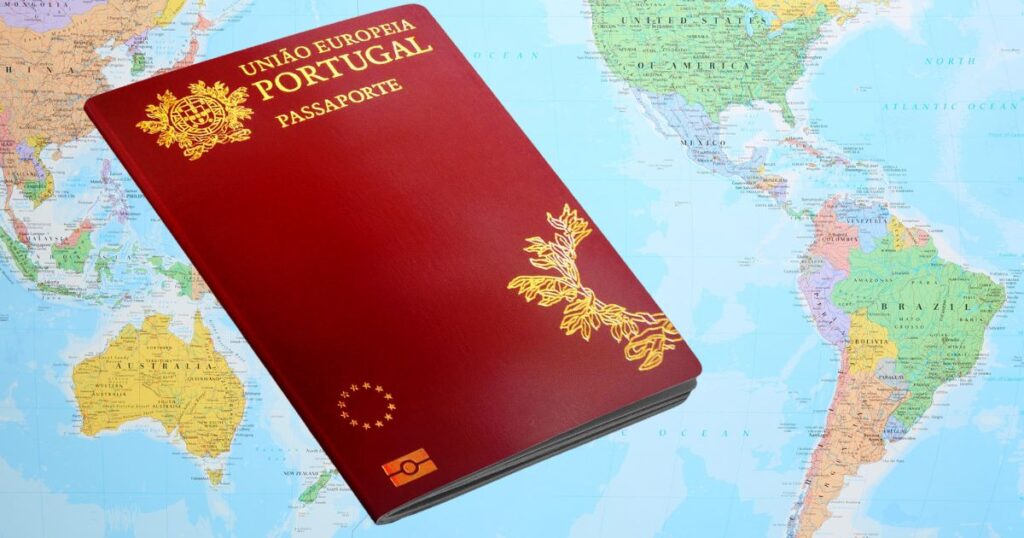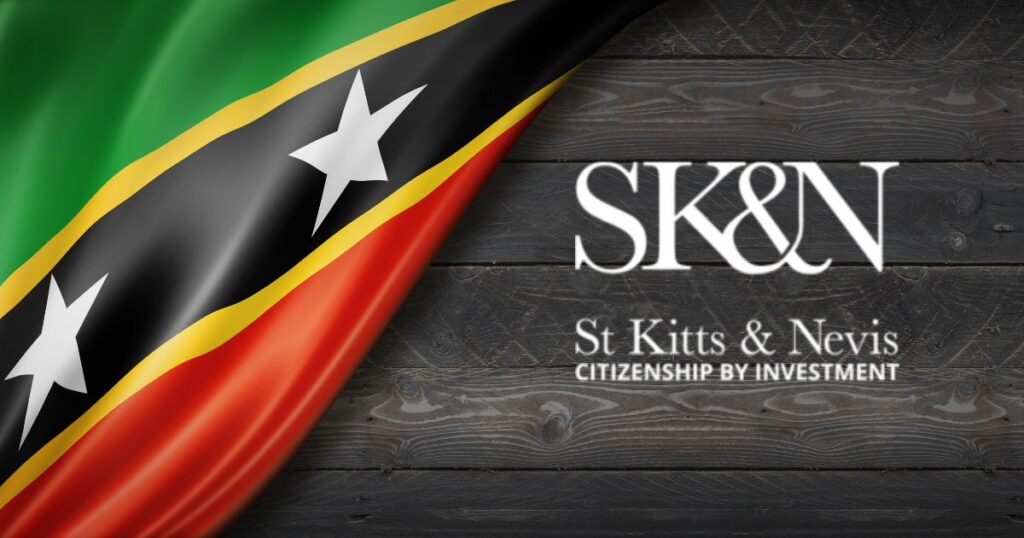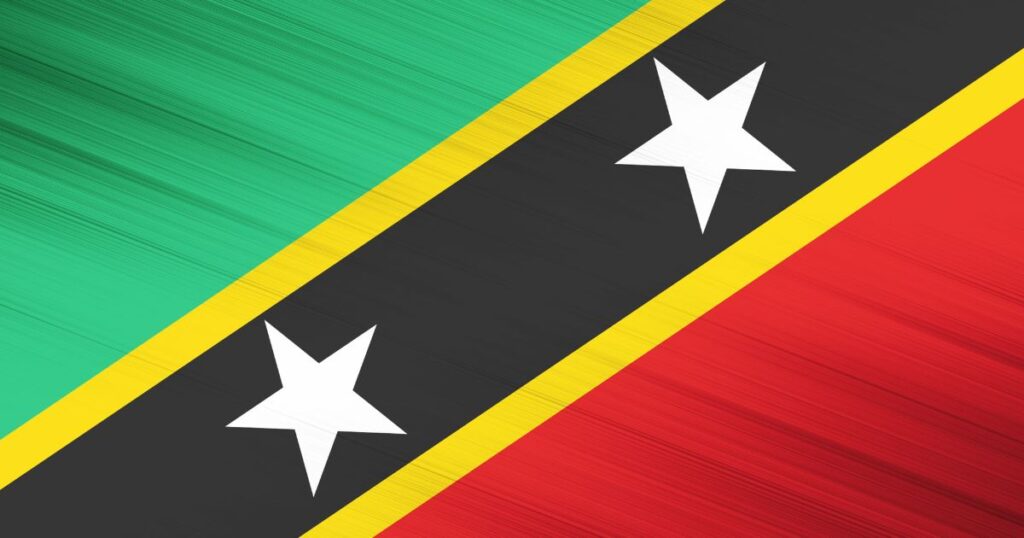The Earliest known first travel documents were issued in 15th century England. These were not passports only known as ‘safe conduct’ documents handwritten with signatures and wax seals as basic security features. Free travel was described in the Magna Carta, which called for unhindered travel by bearers of a “free travel letter”, that is a laissez-passer. Passports were still signed by the monarch until 1685, when the Secretary of State could sign them instead. Passports were written in Latin or English until 1772, then in French until 1858. Since that time, they have been written in English, with some sections translated into French.
It took another few hundred years until 1858, when the passport began to be used as an identity document in Europe.
Three security features that never changed over thousands of years were fingerprints and signature. The third one is place of birth consistent and never changes no matter how many passports you have. Also one cannot be born at multiple places at the same time.
Let us take a look at security features of passports evolved over time.
Security Printed Passports
Genuine travel documents are manufactured on large scale security printing presses using high quality, solid colour print processes and are deliberately complex to make their falsifying difficult. Counterfeits are often produced using colour copiers or other scanning devices, yielding inferior results.
Printed passports became more advanced in the 18th century when security features such as embossed text and watermarks were introduced. Additional identification features included were description of the bearer, which included their age, place of birth, height and a description of their face, eyes, nose, chin, hairstyle, eyebrows and moustache or beard. These passport were just one huge sized A5 papers.
Photographs
It was not until 1915 photograph were introduced in passport as a very important security feature. Family photographs were permitted. Colored photos gradually made their way into passports from the early 1940s and smiling prohibited since 1960s.
Standardisation of Passport
In the 1920s, the League of Nations standardized the issued passports with compact size and pages. Their rules laid the groundwork for the modern passport design.
Machine readable
Rapid growth of air travel and technological change led to the International Civil Aviation Organization defining a new international standard for machine-readable passports, ICAO Doc 9303, in 1980. In 1998 the first digital image passport was introduced with photographs being replaced with images printed directly on the data page which was moved from the cover to an inside page to reduce the ease of fraud
Watermarks
The watermark is one of the oldest security features in travel documents. They were invented by the paper mills of Bologna, Italy, images were embossed into wet paper as a method of claiming ownership over a document, making it difficult to forge or copy
Holograms
Holograms were invented in 1948 but went unnoticed until the 1980s when the United Nations placed one on its passport. The inclusion of holographic technology on ID documents came when in 2002 the International Civil Aviation Organisation (ICAO) specified that passports should feature OVDs such as holograms to combat counterfeiters, particularly in the wake of 9/11.
Biometrics
Biometric identification although existed since early ages from second century BC in China (authenticating seals with fingerprint), it was not until end of 20th century was used in passport for storing fingerprints in a chip thanks to the advancement of digital technologies. A document’s unique passport number is high on the list of assets that can be utilized in the fight against counterfeiting.
Modern Passports
Numerous technological developments have emerged to protect against forgery and fraud. Modern passports come with myriad of security printing with sophisticated printing presses which allow the document to include highly detailed graphics. Some of the important security features include..
- Optically variable & Invisible ink visible under IR/UV lighting
- 3D Holograms and watermarking
- Intaglio printing incorporates latent images that can only be seen when viewed at particular angles.
- UltraThin papers (no more than 85gsm)
- Special security printing inks and layers
- Cross page designs with motion graphics
- Modern passports come with myriad of
- Sewing technology to bind pages
- Embedded security threads
- Alignment and page numbering with very fine perforations.
- Contactless Electronic chip with encoded data.
- Gold blocking is a real gold leaf stamped into the cover of a passport.
- Signature verification





